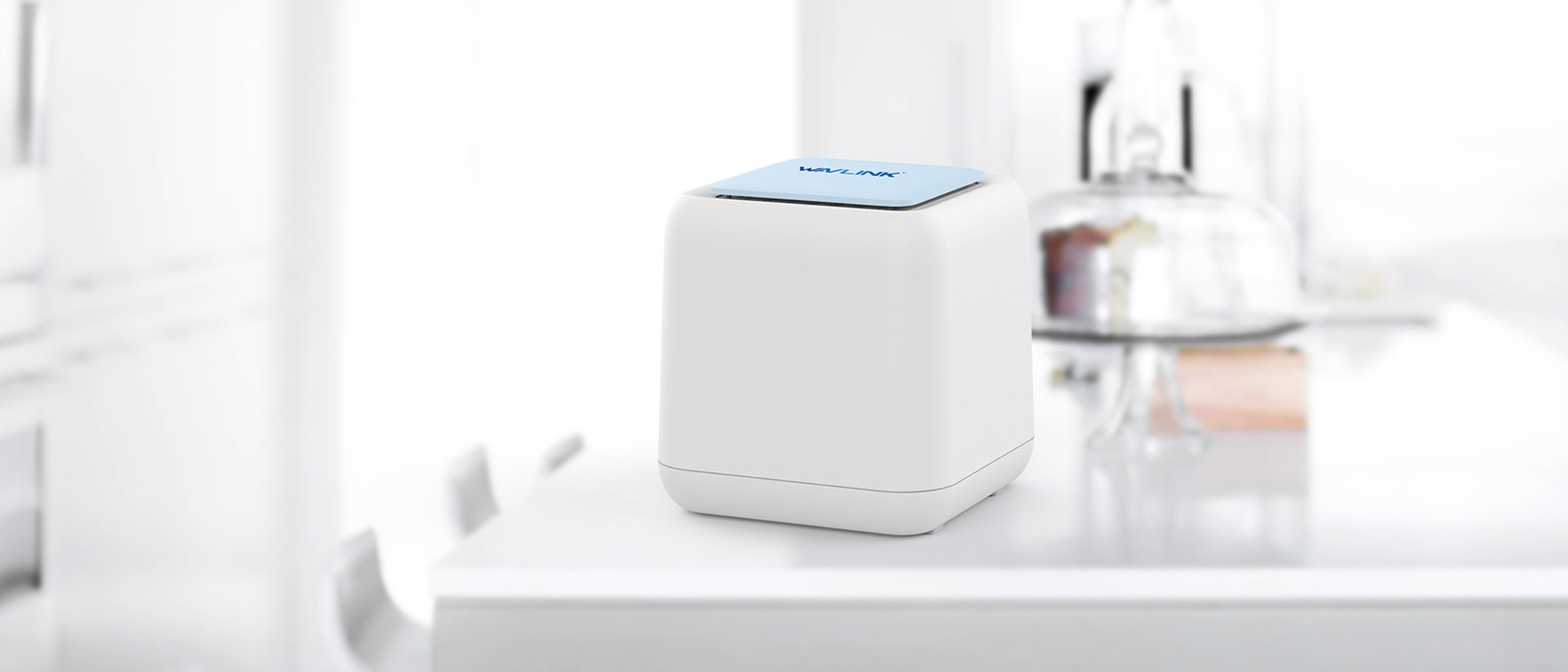Tom's Guide Verdict
Cheapskates take notice, the $60 WavLink Halo Base two-part kit is among the least expensive ways to set up a mesh network, but can it keep a data hungry family happy?
Pros
- +
Two-part mesh kit
- +
Four antenna design
- +
Touch to connect technology
Cons
- -
Tech support not 24/7
- -
Poor Performance
- -
Some LAN ports are 100Mbps
Why you can trust Tom's Guide
Wi-Fi Spec: AC1200
Number of Antennas/Removable: 4/No
Ports: Router—1 WAN, 2 LAN gigabit per second and 100Mbps; node: 2 LAN gigabit per second, 1 LAN 100Mbps
Processor/Memory/Storage: 575Mhz/64MB/8MB
Peak 802.11ac performance: 409.1Mbps (at 15 feet)
Range: 95 feet
Size: 4.0 x 3.6 x 3.6 inches
Estimated Annual Electricity Cost: $17.05 for two devices
The WavLink Halo Base X2 mesh kit may be among the cheapest around, but it fell short on overall performance and had one of the hardest setup procedures to crack. In addition to mixing networking ports for gigabit per second and 100Mbps wired Ethernet, the Halo kit has a unique TouchLink feature that can connect a device without entering the password, something we don’t fully endorse from a security point of view.
Our WavLink Halo Base X2 review will help you decide if this budget mesh kit is good enough or if you’d be better off paying a bit more for one of the best mesh Wi-Fi systems instead.
WavLink Halo Base review: Pricing and availability
Based on a pair of Wi-Fi 5 devices, the WavLink Halo Base two-part mesh kit sells for an economical $60, making it among the cheapest around. The three-piece kit goes for a still-reasonable $90, but the company doesn’t sell single nodes.
According to WavLink, the two units can cover 3,000 square feet. A three pack is for larger homes of about 4,500 square feet. In addition to mesh kits, WavLink sells Thunderbolt and USB docks as well as outdoor Wi-Fi products.
WavLink Halo Base review: Design
Based on small-rounded cubes, the WavLink Halo Base two-part kit is similar to the small pyramids found in the MeshForce M3. At 4.0 x 3.6 x 3.6 inches, the Halo Base devices are about 10 percent smaller than the MeshForce router.
Although they look alike, the router and node are different and preconfigured. The router I looked at had a blue top while the node’s is white. Either way, they are easy to stash on a bookshelf but lack a way to hang on a wall. I could not find any mounting brackets made for the WavLink gear, although the devices are light enough to attach with Velcro tape.
Underneath each unit are holes that allow cooling air to flow into and through the device and out a vent at the top. The system never got hot even when being stressed.
Each unit has an LED light on top that shows the network’s status. A blue light shows everything is connected and online while red means that the system is disconnected.
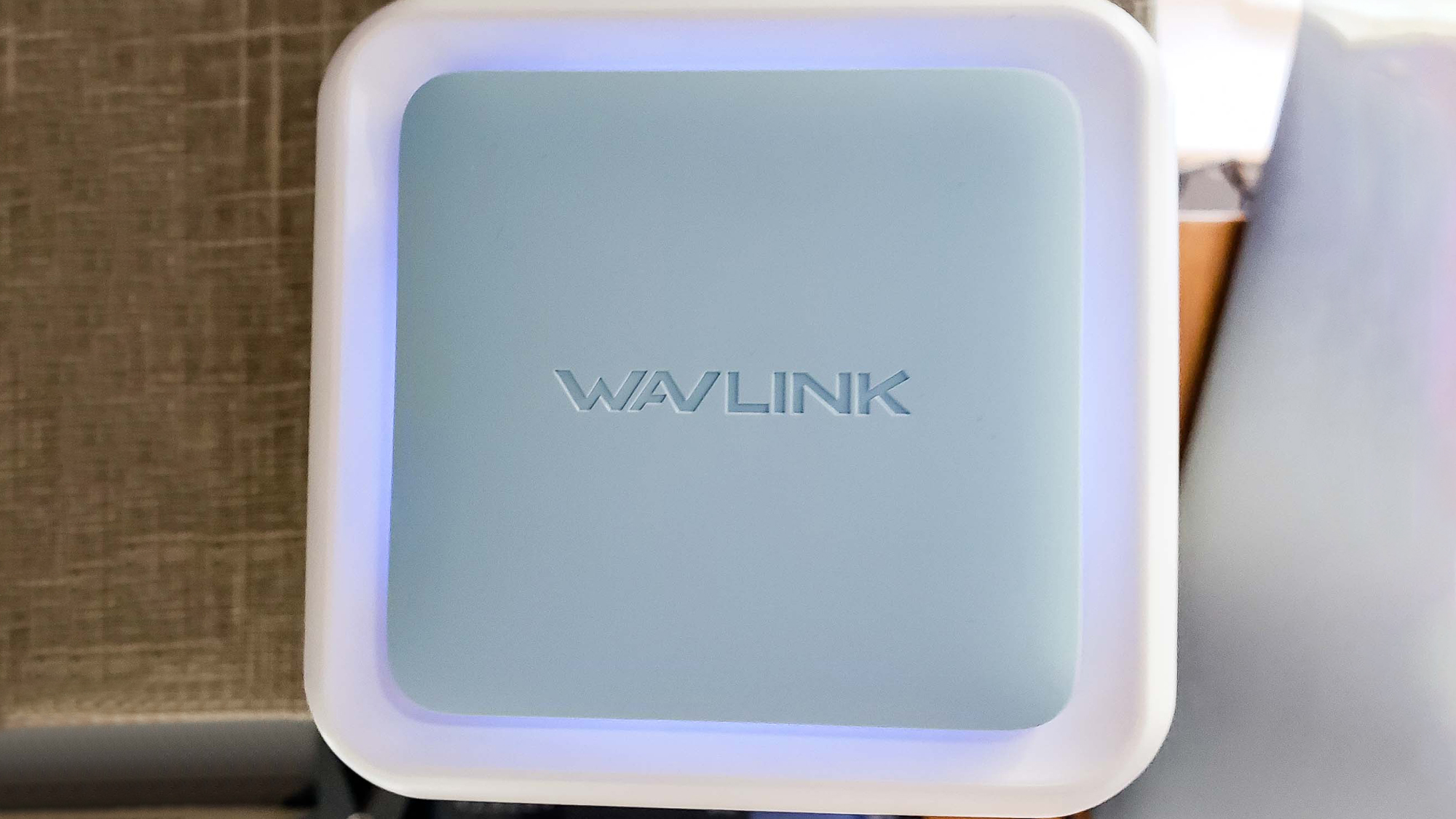
Under the surface, the WavLink Halo Base is powered by a MediaTek MT7620A Wi-Fi chip. It has a 580MHz processor, 64MB of RAM and 8MB of storage space for holding the network’s firmware and settings. All told, the units carry an AC1200 rating that can move 300Mbps over its 2.4GHz and 867Mbps over a 5GHz link.
With some of the technology that more expensive mesh products use, the Halo Base has beamforming to adapt the transmissions to the receiving systems. However, it can’t use 160MHz high-performance data channels or connect a storage drive via a USB port. The network does without any extra security software and is limited to the outdated WPA2 encryption standard.
WavLink takes this a step further with the Halo’s unique TouchLink system. To connect all you do is press the top of the router or node; no password needed. Obviously, this is a feature that should only be considered if you know (and trust) who will be at your home.
While the router has the luxury of an On/Off switch it skimps in other areas. For instance, its WAN input and one of the two downstream LAN ports can handle gigabit per second data flows but the other is limited to 100Mbps. By the same token, the node has three Ethernet ports, one of which tops out at 100Mbps. None of the networking ports can handle 2.5Gbps.
WavLink Halo Base review: Performance
The Halo’s network wasn’t able to fill my 100-year-old 3,500 square foot house but having three units might have done the trick. While matching the other inexpensive mesh kits in terms of throughput with an AC1200 rating, the Halo fell short on data speed and range.
Using Ixia’s IxChariot networking benchmark and a Samsung Galaxy Book Pro receiving system to simulate a busy network with 10 data-hungry users, the Halo recorded 409.1Mbps of throughput at 15-feet. This is one-quarter off the 539.2Mbps pace set by the TP-Link Deco M3 and slightly behind the Vilo VLWF01’s 455.4Mbps. Still, it’s more than double the MeshForce M3’s 198.4Mbps.
Overall, the WavLink Halo mesh network should do well distributing a broadband connection of about 100-200Mbps. Anything above that can be considered a waste of data.
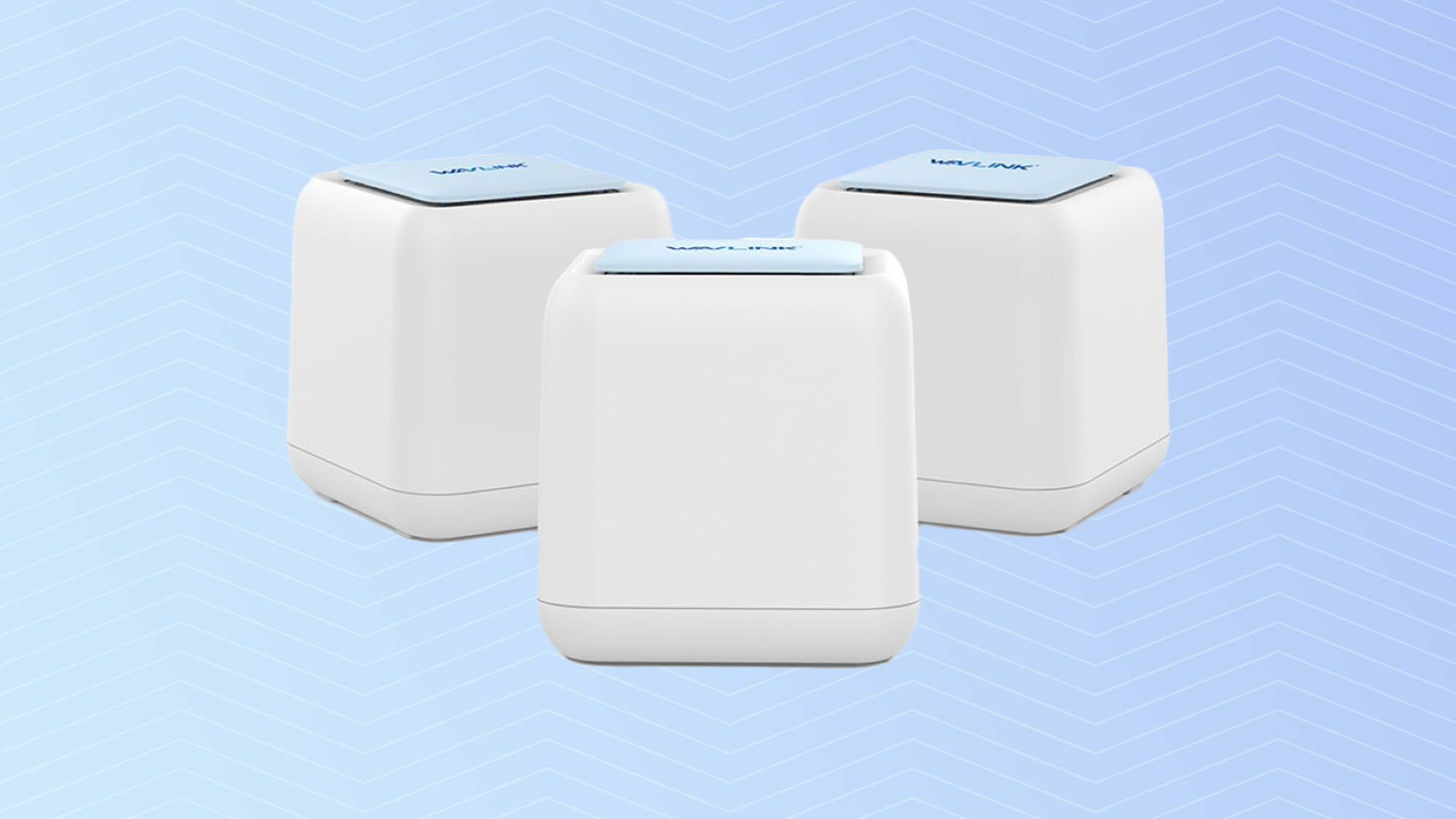
With 50-feet separating the router and test system, the network yielded 53.2Mbps, about half the throughput of the Vilo VLWF01’s 102.4Mbps at the same distance. Again, it beat the MeshForce M3’s 46.8Mbps for the group straggler.
At 75-feet, its throughput fell to 44.2Mbps, once more, the slowest performer. By contrast, at this distance, the resurgent MeshForce M3 moved 106.4Mbps as the VLWF01 delivered 71.5Mbps.
When we got to the 90-foot tests, the Halo was more mainstream with a throughput reading of 15.1Mbps. Sure, that’s well behind the MeshForce M3’s 25.1Mbps but it’s a lot better than the TP-Link’s 4.6Mbps. It had a range of 95 feet.
Set up to move data across a 20-foot room and through a wall, the Halo was able to deliver 275.0Mbps. That's the middle of the pack, well behind the Deco M3’s 332.1Mbps and the VLWF01’s 320.3Mbps. It blew away the MeshForce M3’s 165.6Mbps.
I set the single node up in a bedroom above the router. With the test system 40 feet down a hallway, it registered throughput of only 44.5Mbps, only barely beating the Tenda Nova MW6’s 40.3Mbps to stay out of last place. The top dogs here were the VLWF01’s 101.2Mbps and the Deco M3’s 100.0Mbps.
I was able to play YouTube Premium live feeds for around eight hours without a problem. Later it did well on our informal saturation test where I played videos on a ThinkPad T470 while playing the BBC WorldService audio stream on an iPad Pro and Spotify music on a Samsung Galaxy Note 20 phone. While this was going on, I moved data onto and off a RAID storage array with an HP Elite Dragonfly notebook. All the audio and video came through loud and clear.
While it’s moving data packets, the WavLink Halo router and node used 6.6 and 7.3 watts. Expect annual power bills of $17.05 to keep the network running, assuming you pay the national average of 14 cents per kilowatt hour for electricity.
WavLink Halo Base review: Setup
The Halo Base offers the flexibility to set it up using a connected browser or the WavRouter app; there are versions for iOS and Android. With the app loaded on my Samsung Galaxy S20, I connected to the Halo Base’s preset network parameters that were printed underneath. Unfortunately, it is an open network that doesn’t require a password so that it is inherently insecure until the network is set up. I tried to create an account, but the app never sent me the needed verification code.
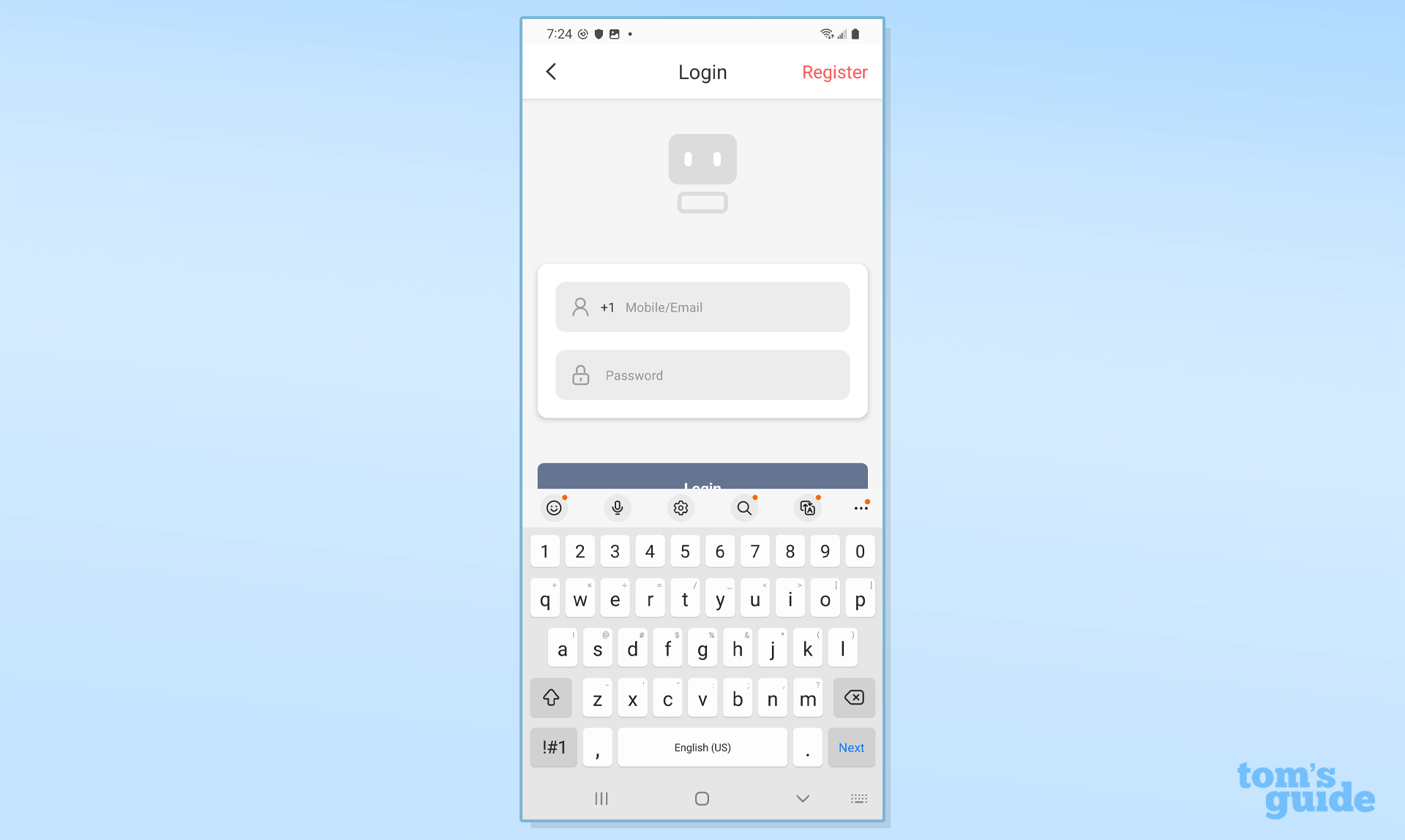
So, I turned to using the device’s connected browser approach. I was able to register but I needed the unit’s serial number, place of purchase and the order number. Still, I was able to get it going by entering my time zone and country and letting the Router Wizard take over.
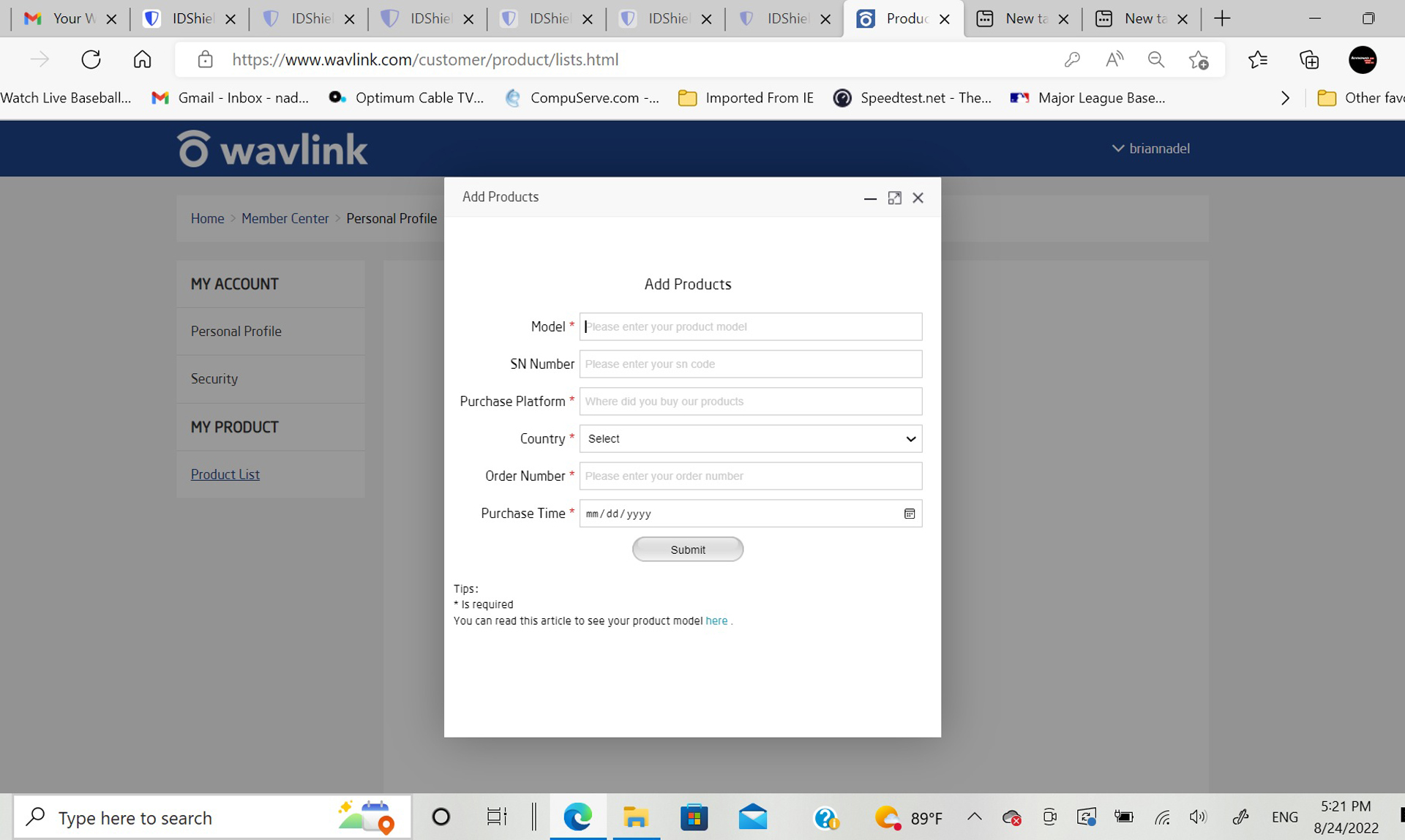
Rather than an automatic configuration, to add the satellite, I needed to manually add the 12-character MAC address, which I got on the fourth try; a hint: it requires colons between its number/letter pairs.
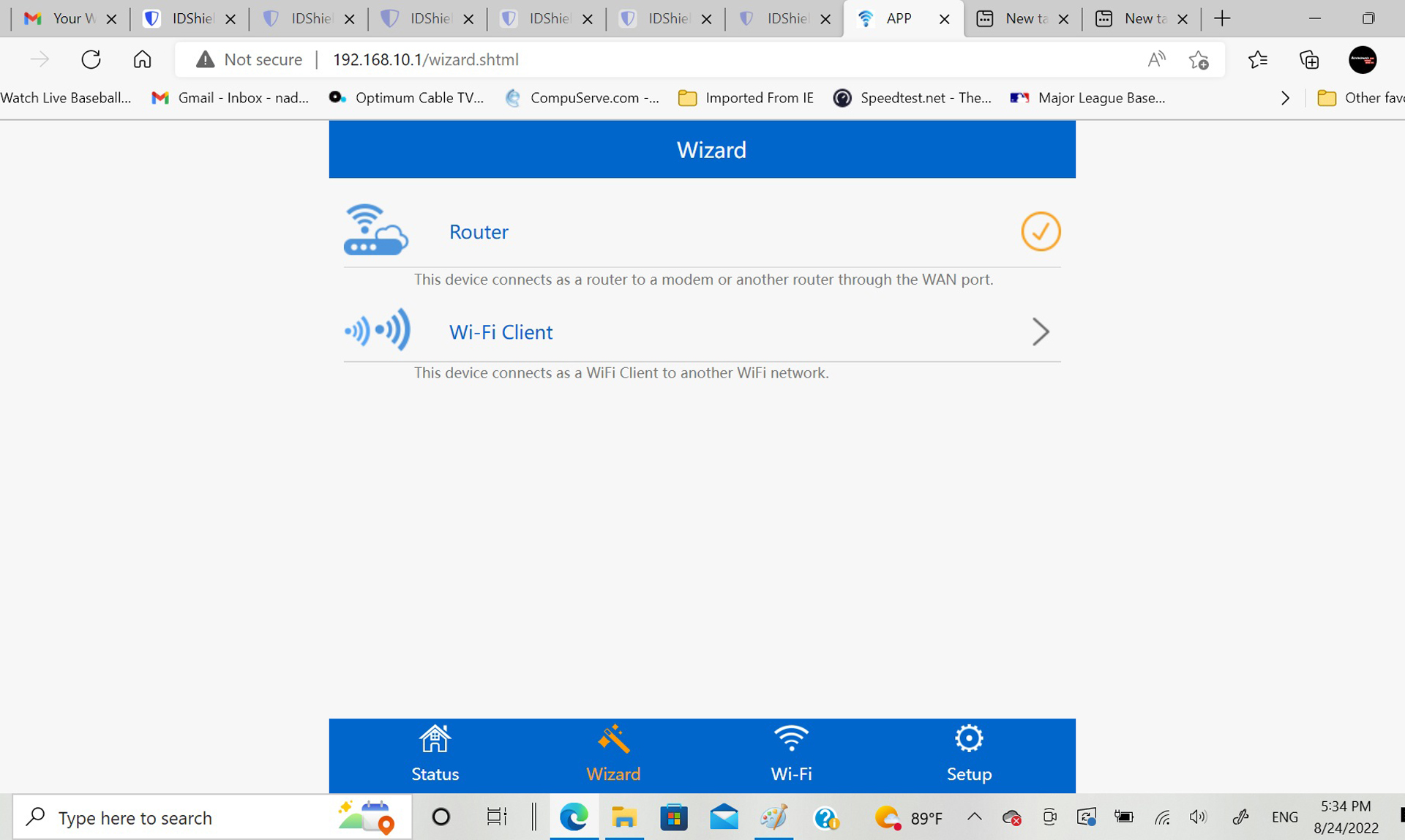
At that point it was all online. All in all, it took over 30 minutes to negotiate, twice or three times as long as other inexpensive mesh kits.
WavLink Halo Base review: Configuration
Once online, the WavRouter app was a good way to monitor the LAN and make changes. It first makes a connection using its My Devices link and shows the router’s MAC address. Tap it to move forward.
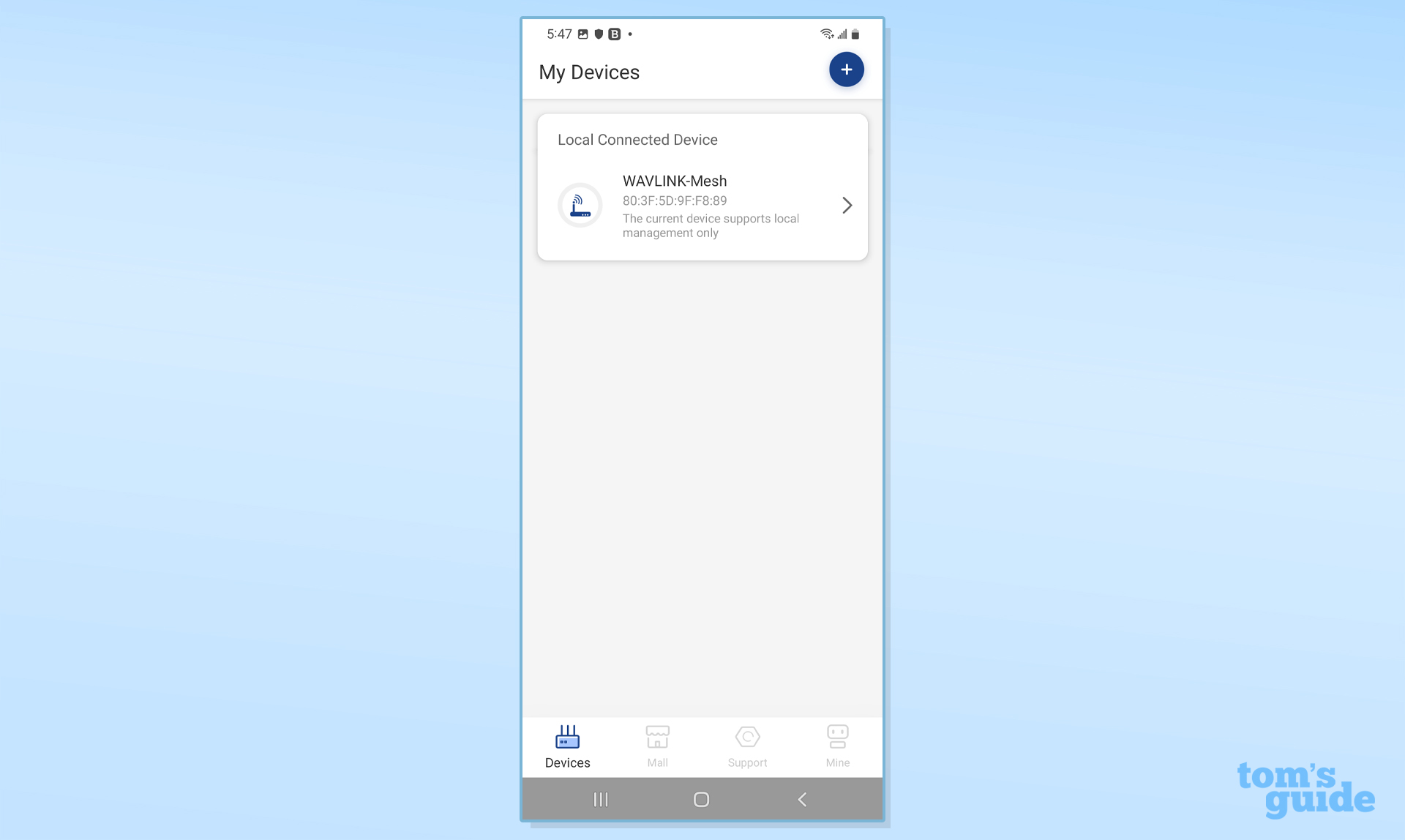
The blue and white Status page has items to show the network is online and the number of connected clients. A prominent section in the middle shows illustrations of the Halo devices; if they have green on top, they’re online.
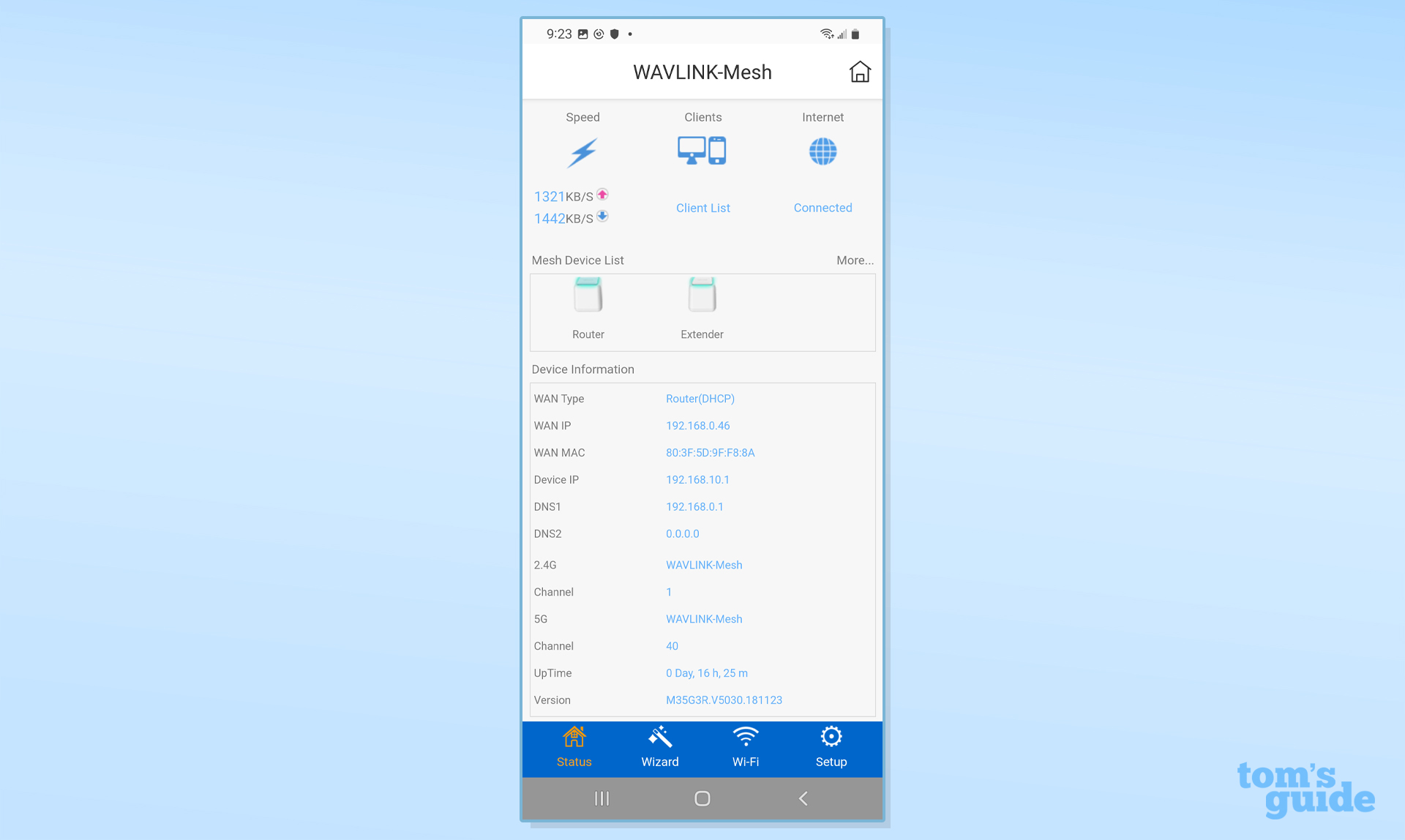
I tapped More on the side to get the details of each connection. This included IP and MAC addresses as well as the ability to add another node.
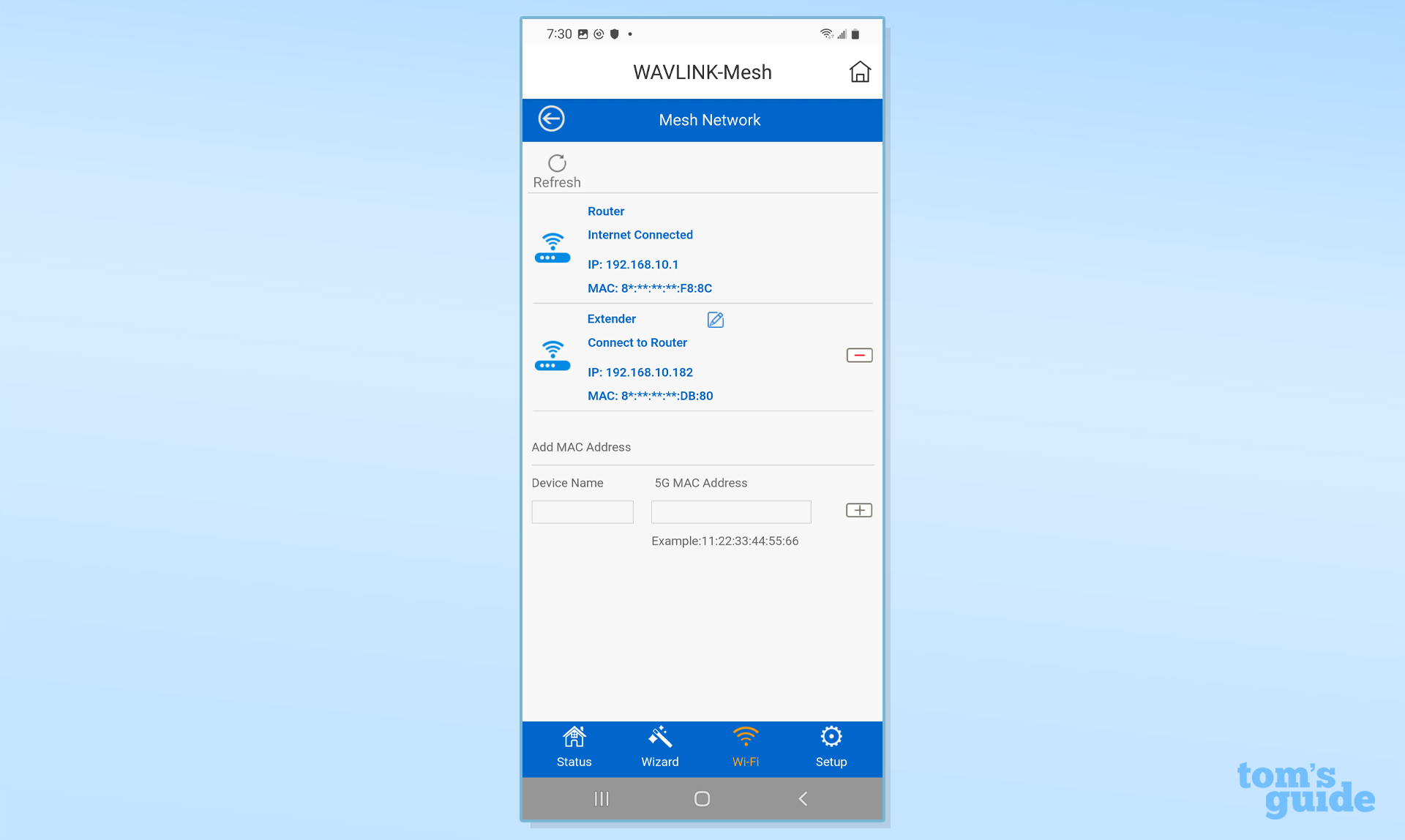
The Device information section at the bottom required a little scrolling to take it all in. In addition to the Wi-Fi channel being used, it shows the network names, IP addresses and DNS servers. It shows the firmware version but tapping it doesn’t check for updates.
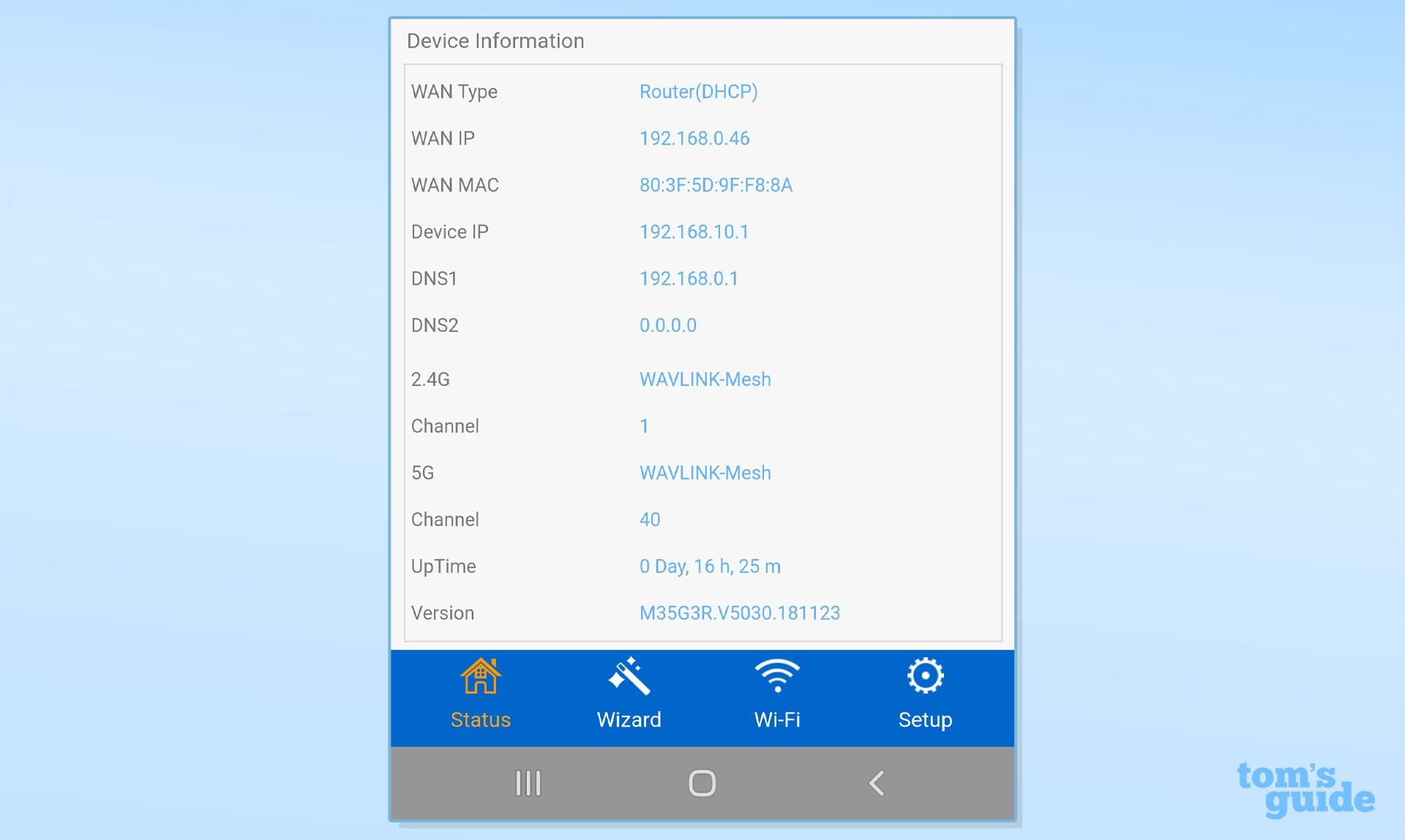
Along the bottom is access to the setup Wizard tab for reinstalling the router or adding a Wi-Fi Client. Meanwhile the Wi-Fi Configuration tab opens up access to changing the network’s name and passcode as well as Advanced Settings for things like using 80MHz data channels and changing the Beacon Interval. These are things many other inexpensive networking products lack.
It’s also where I was able to tweak the TouchLink settings. The Halo network can connect a client that’s logged into the open WAVLINK-Mesh_Touch network to get online without a password; just tap the top of the router or node. Those interested in full security should turn this feature off immediately using the TouchLink page’s On/Off switch. If you want to use it, there are controls for limiting how long the system will wait to connect and there’s the ability to change the TouchLink’s network’s name. At the bottom is a list of TouchLink connections.
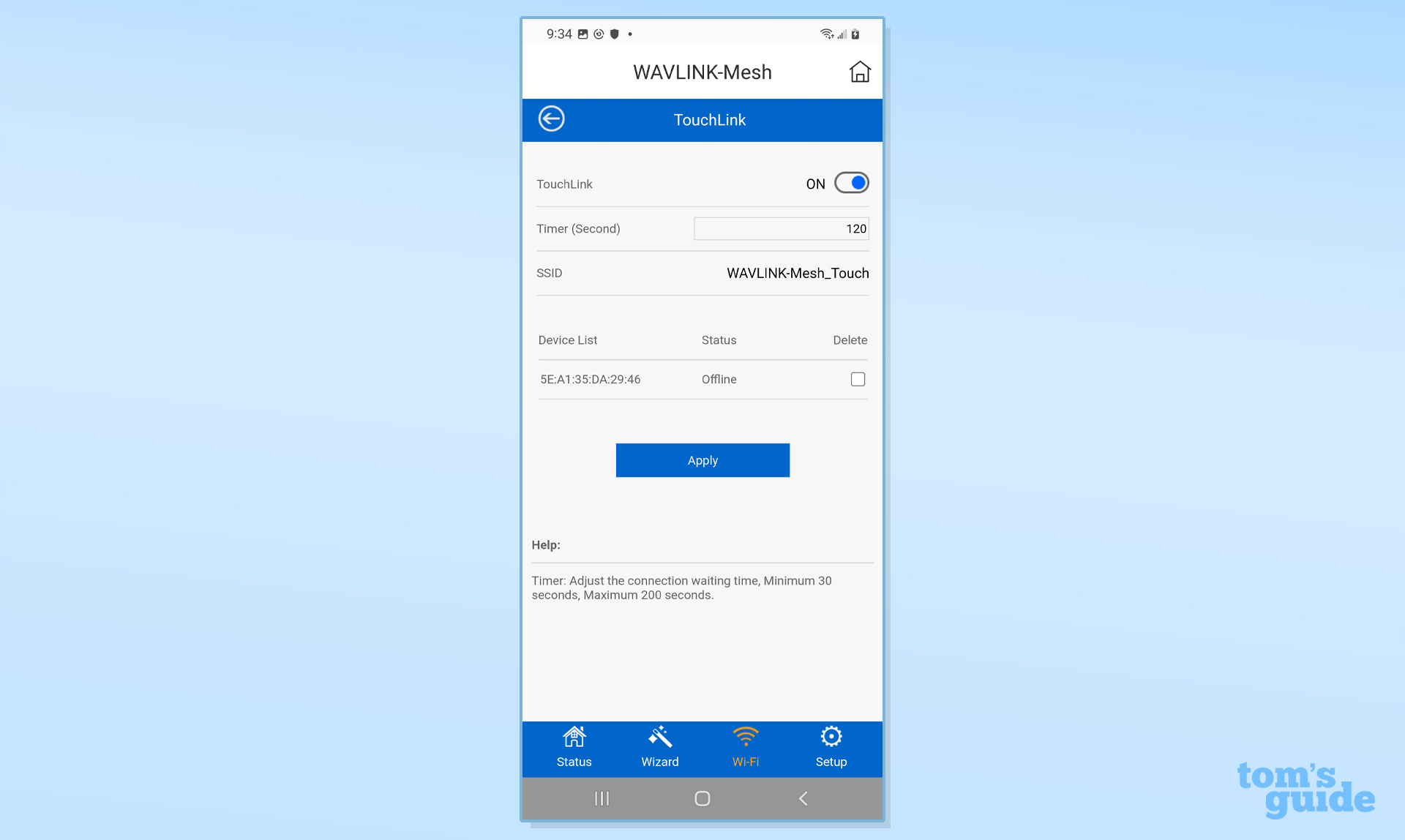
The Setup area has lots for those who want to change the network’s parameters. Besides altering how the network connects with my broadband source, I was able to adjust the DHCP IP addressing details and modify the firewall settings.
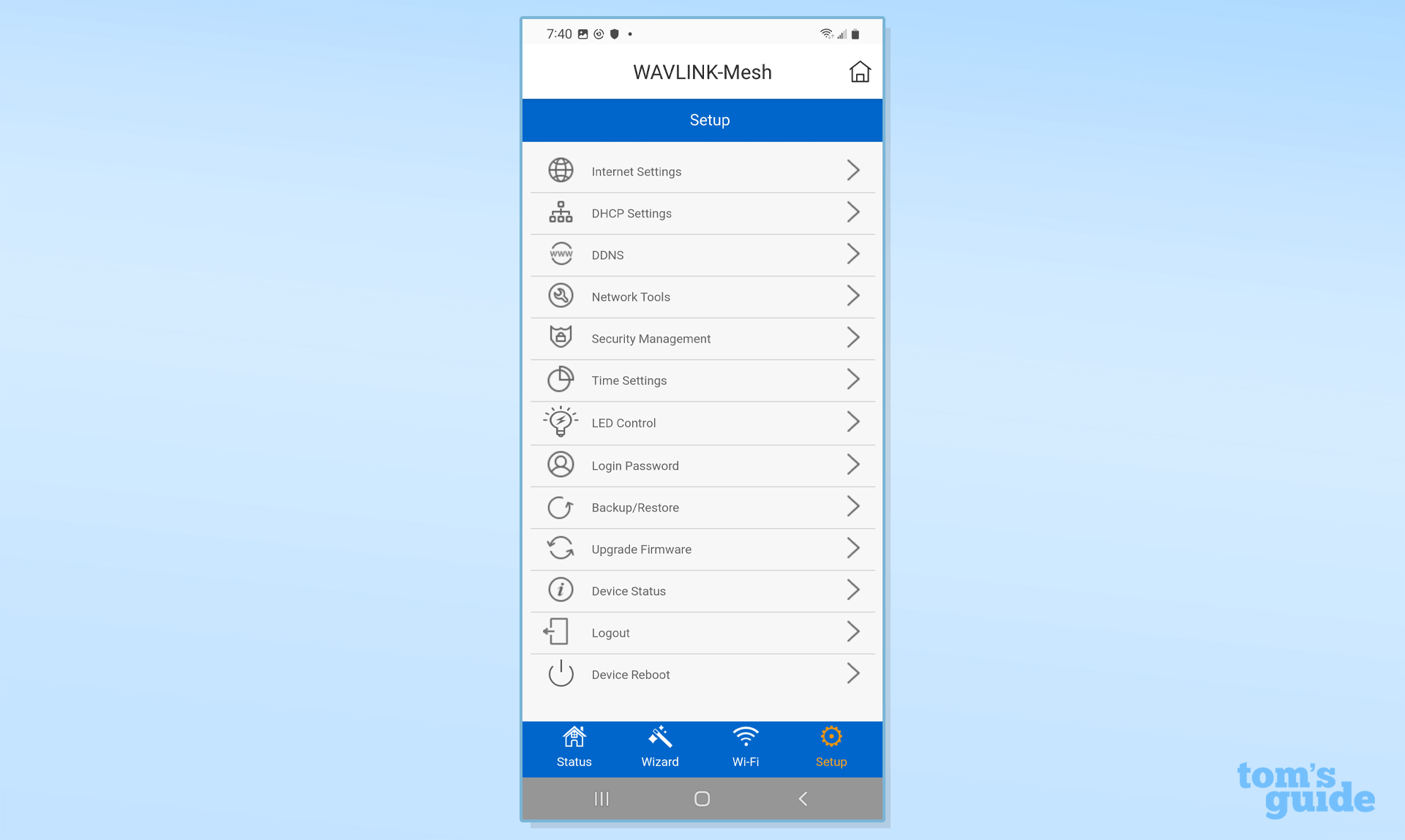
My favorite is the Device Status page, which is different from the Status page we saw earlier. Here, the data ranges from how long the network has been operating and its IP address to the status of the 2.4 and 5GHz networks.
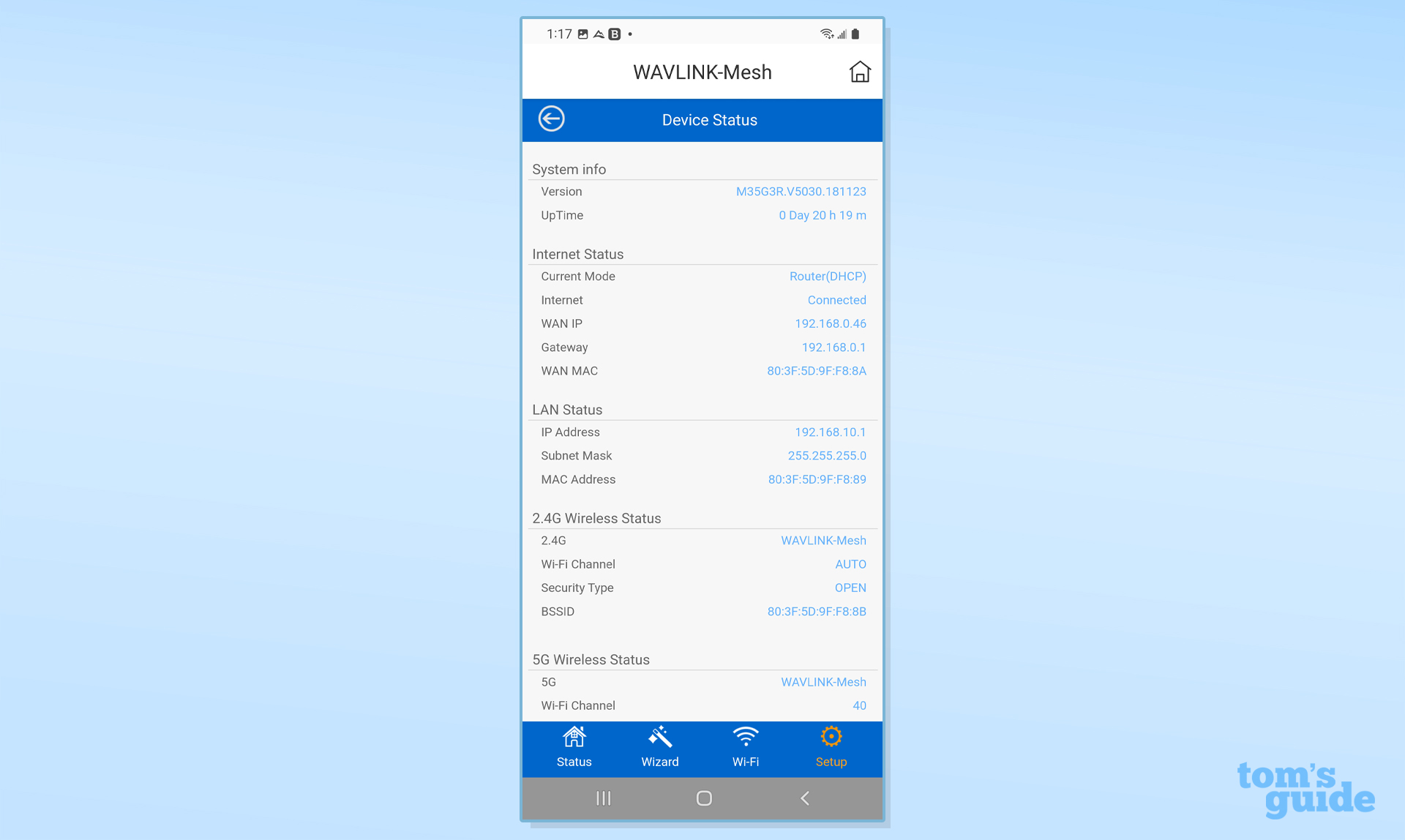
A modest step forward is the app’s LED Control page. I really liked that I was able to turn the LEDs off individually for the router and node. On the other hand, it lacked a scheduling function for turning them off at night.
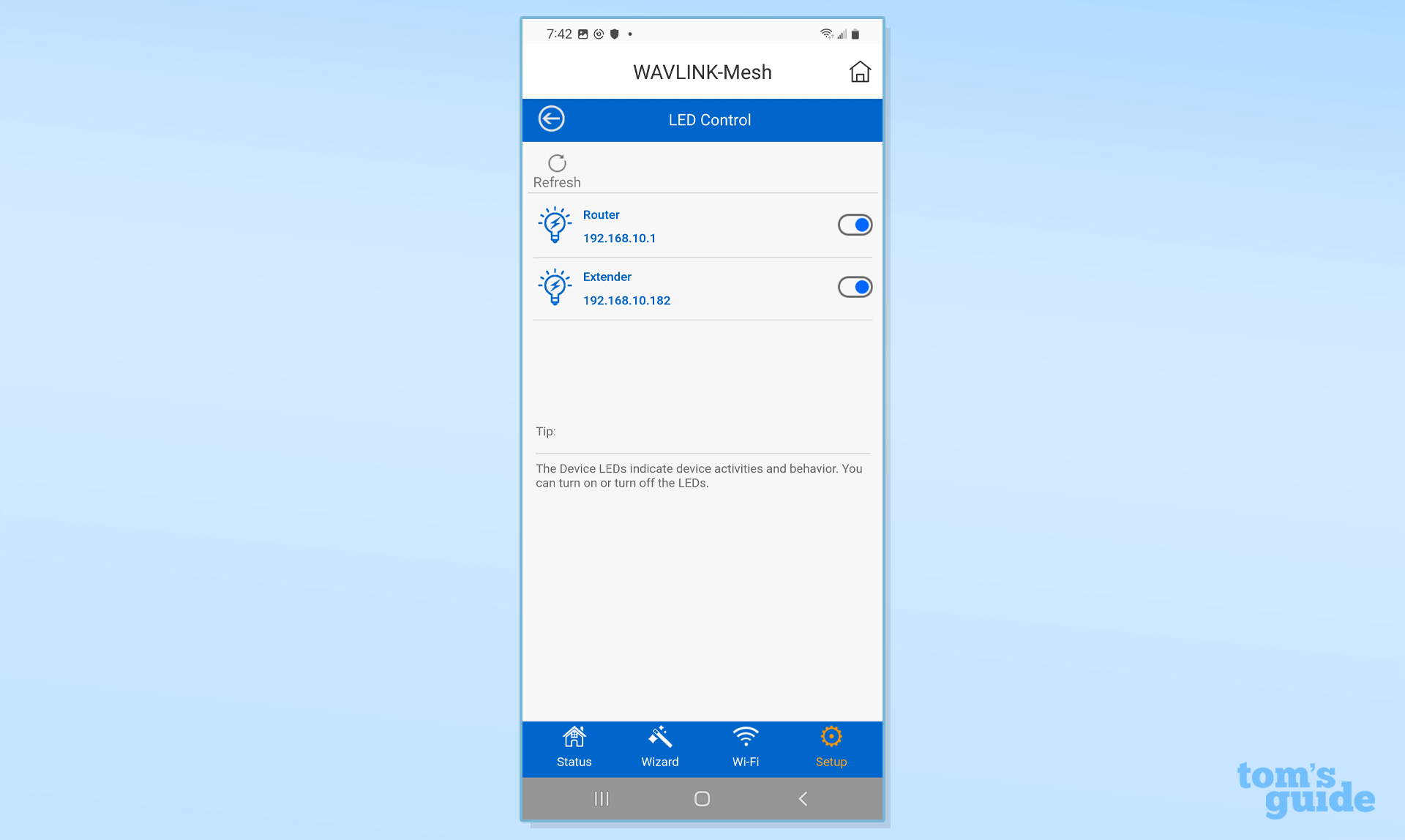
At any time, the firmware can be checked and there’s a page for updating it as well.
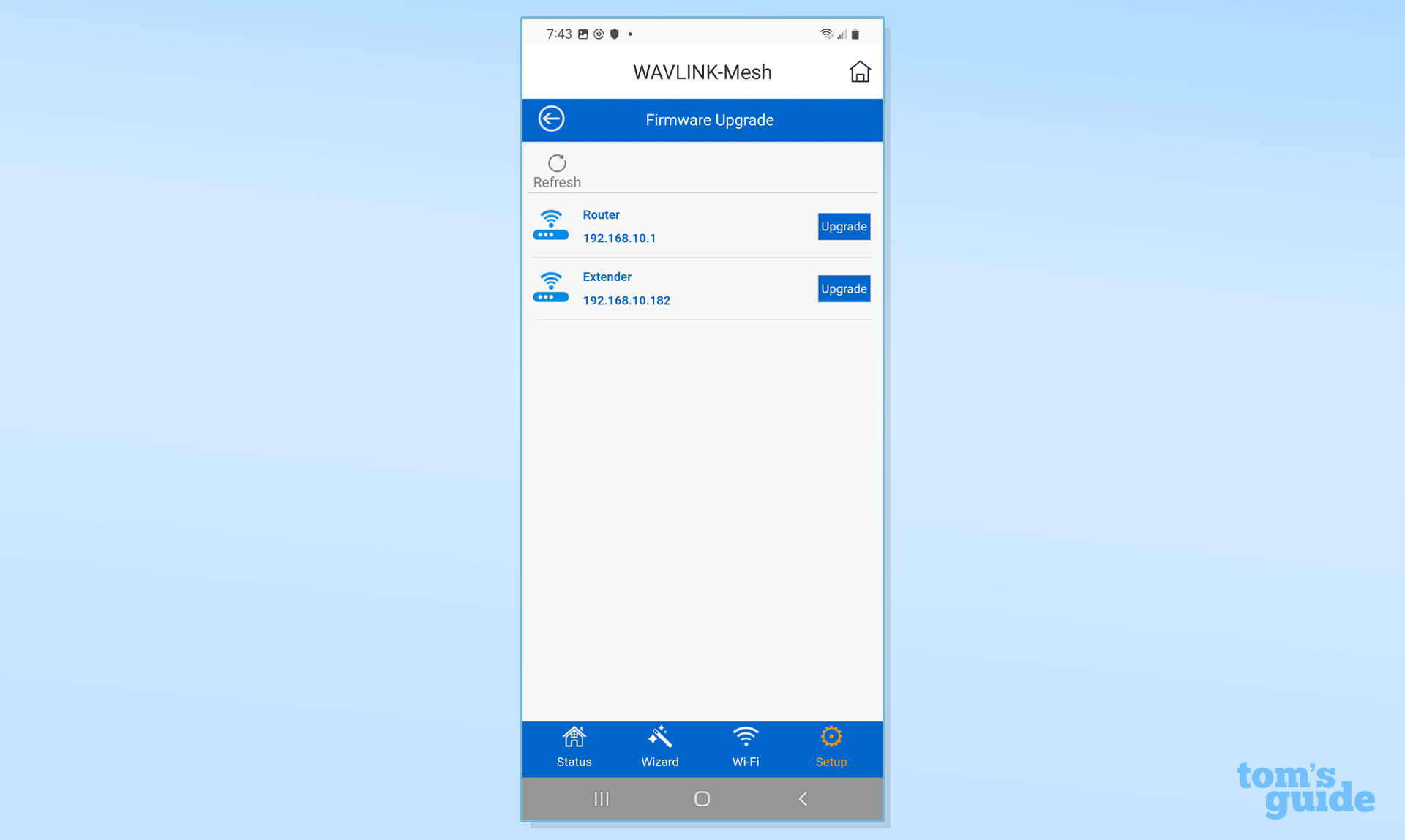
With a one-year warranty, the WavLink Halo is on a par with all the others, except for the TP-Link Deco M3’s two years of coverage. It includes lifetime support, but WavLink’s support technicians are available from 9AM to noon and 1:20PM to 6PM (Beijing time) – not particularly convenient for those on either coast of the U.S.
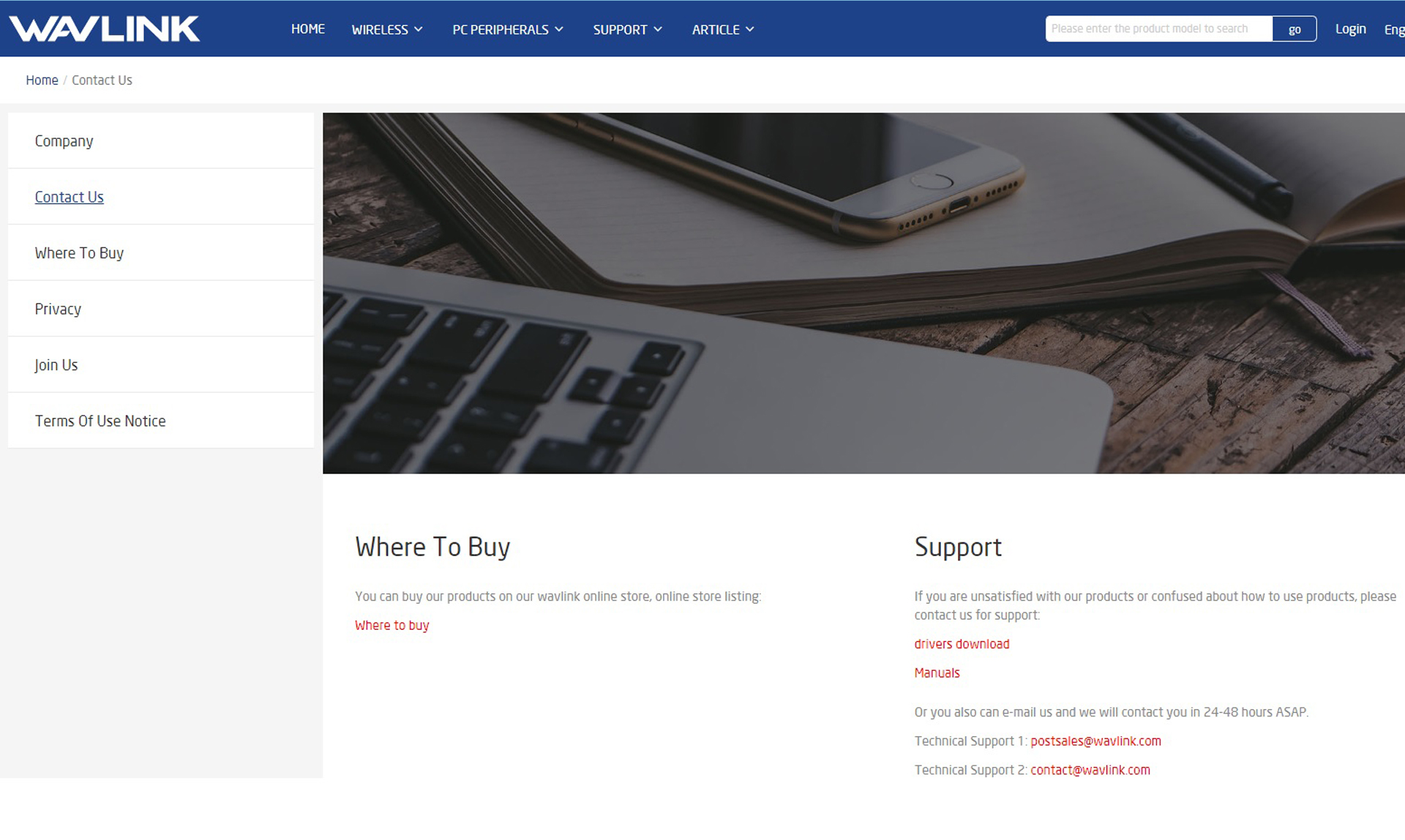
The company’s website has email contact addresses, but no phone number and the Manuals section doesn’t have anything for the Halo.
WavLink Halo Base review: Verdict
If you want a network where you can connect by just pressing the top of either the router or the node, the WavLink Halo Base is for you. Be warned, it’s not all that secure and the devices offer a mix of gigabit per second and 100Mbps wired ports. It may be inexpensive, but its middle-of-the-pack performance was less than inspiring. It was the easiest to connect to and that counts for a lot with several data hungry kids in the house.
Brian Nadel is a freelance writer and editor who specializes in technology reporting and reviewing. He works out of the suburban New York City area and has covered topics from nuclear power plants and Wi-Fi routers to cars and tablets. The former editor-in-chief of Mobile Computing and Communications, Nadel is the recipient of the TransPacific Writing Award.
